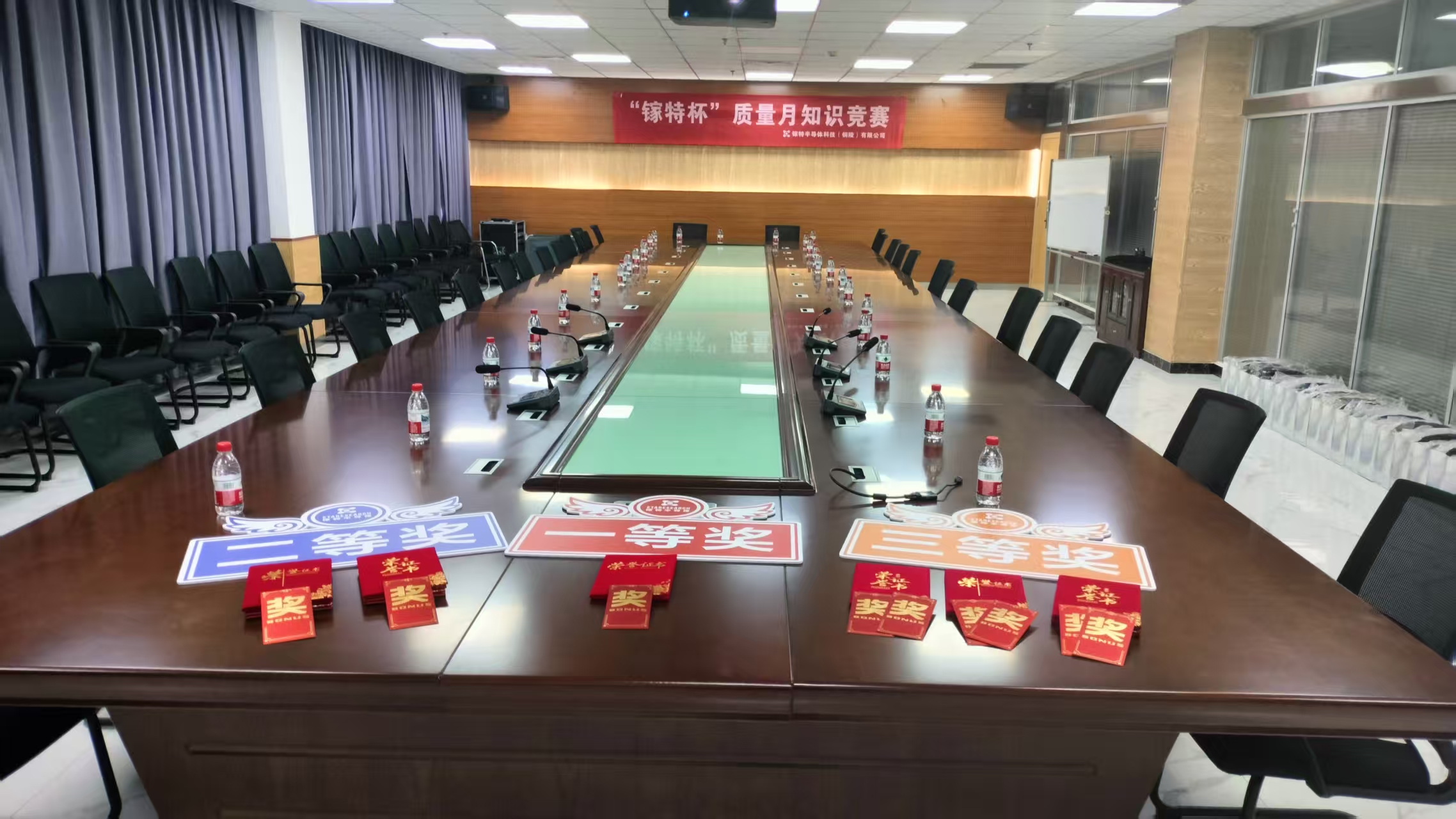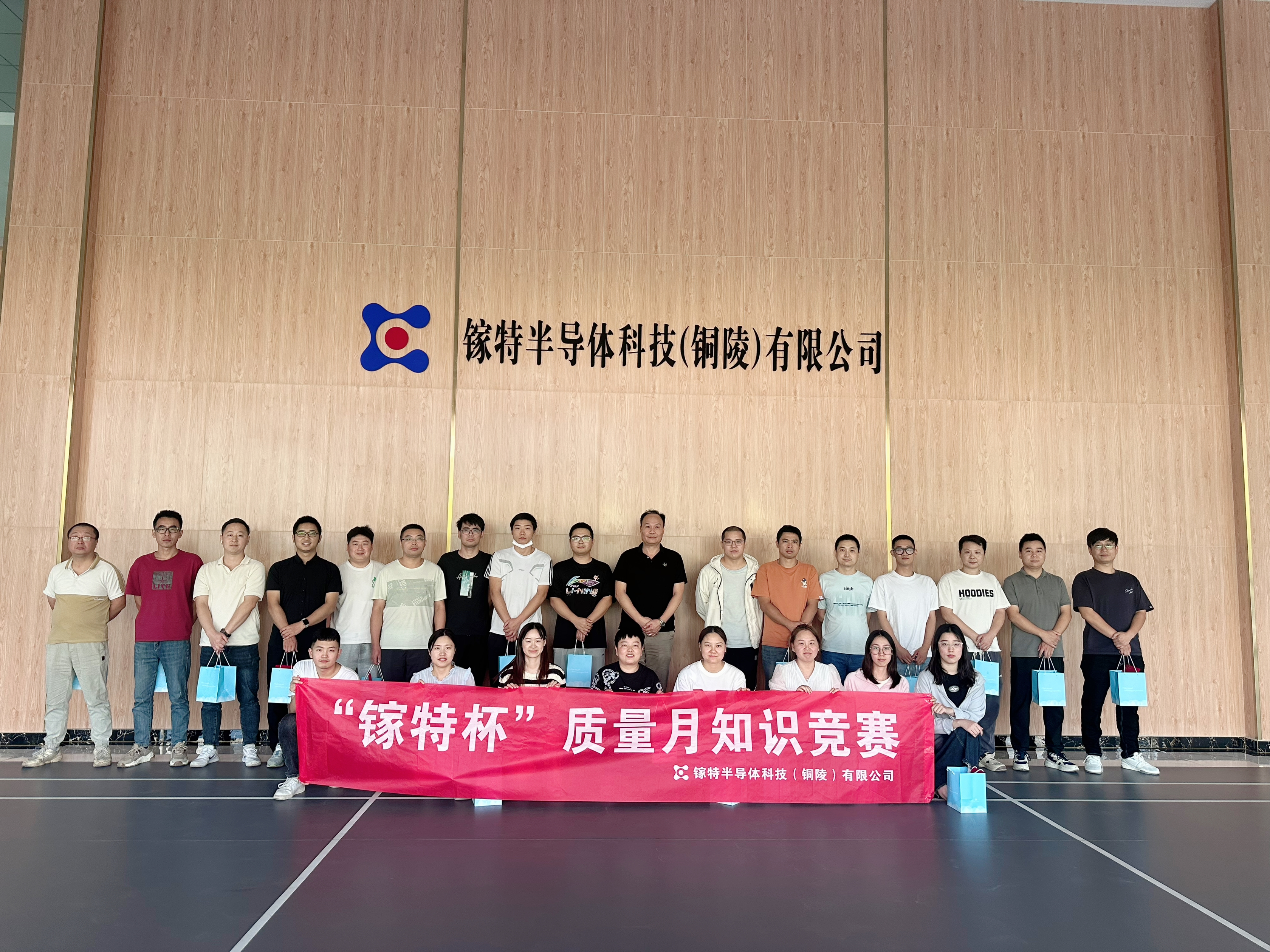In March 2020, Eta Research announced for the first time the development of 4-inch carbon doped semi-insulating GaN wafers. Eta Research is the first and only company to produce 4-inch semi-insulating GaN wafers. In addition, Eta Research is the only company that uses carbon doping in semi-insulating GaN wafers. Other manufacturers can also provide 2-inch iron doped semi insulating wafers, but the resistivity of iron doped GaN is low. It is well known that iron will diffuse to the epitaxial layer during the MOCVD growth of device structures.
Semi-insulating GaN wafers can be used to manufacture lateral conducting devices, such as high electron mobility transistors (HEMTs). Semi insulating GaN is of interest mainly because it can be used to manufacture HEMT RF devices. GaN RF devices can be used in satellite communications, 5G communications, military radar and other fields. In recent years, SiC based GaN HEMT has occupied a part of the market share in RF devices. Compared with SiC based GaN HEMT, GaN based GaN HEMT shows higher two-dimensional electron gas mobility, lower current collapse and higher cut-off frequency. Due to the lack of semi insulating GaN wafers, the potential value of GaN wafers for HEMT remains to be clarified. Eta Research plans to promote the development of GaN based GaN HEMT by providing high-quality 4-inch semi insulating GaN wafers.
The GaN wafer inspection table of gallium semiconductor is shown in Figure 1. The wafer inspection data and pictures represent a typical semi insulating GaN wafer. The FWHM of the XRD rocking curves of (002) and (102) crystal planes are 37 arcsec and 42 arcsec, respectively. The dislocation density of GaN wafer was measured by CL method and etch pit density method. The typical dislocation density is 5e5 - 9e5cm-2. The specification of the chamfer angle is 0.5 ° of the C offset m surface. The deflection angle of the wafer to the m plane is 0.46°, and the deflection angle to the orthogonal a plane is 0.03°. The crystal lattice of the wafer has a curvature measured by XRD, which is a common problem of GaN wafers. Curvature on the lattice will cause the wafer to be chamfered from one side to the other. The curvature radius of the wafer is 42.5 m measured to the m plane and 32.9 m measured to the orthogonal a plane. The calculated variation of chamfer angle is 0.13° and 0.17° respectively. However, the concave shape on the wafer surface is the same as the lattice curvature, which reduces the influence of the change of the bevel angle. By using x-ray diffraction technique and surface alignment method, the variation of the actual bevel angle on a 100 mm diameter wafer is only 0.06°.
Wafer shape and surface polishing are important for epitaxial growth. The area with a radius of 45 mm was measured by the Microsense back pressure method. The TTV of the wafer was 4.8 µ m, and the warpage was 35.8µm. The average roughness in the area of 10 µ m x 10 µ m measured by AFM scanning is 0.15 nm. For wafer inspection, Bruker's 3D profiler was used to measure the average roughness of 239µm x 318µm area of the Ga surface to be 0.425 nm. The N-side of the wafer was polished with a 3D profiler, and the average roughness was 1 nm. In addition, gallium nitride wafers can be etched on the back to obtain an average roughness of 1µm. There are 15 V-shaped pits on the surface of the wafer, which conform to the production grade of GaTe semiconductor, and the pit density is less than 0.5 cm-2. The company is trying to further reduce the number of pits on the wafer.
The carbon concentration in GaN wafer was determined to be 5e17cm-3 by SIMS method. The resistivity at room temperature is measured by IV curve method. Figure 2 (a) is a measuring device, which dots the indium sphere to both sides of the wafer. Figure 2 (b) shows the measurement results of the I-V curve. The R-squared value of the I-V curve is 0.95, and the resistance is calculated from the slope. According to the contact area of the indium sphere and the wafer thickness, the resistivity is calculated as 1.5e10 ohm cm. There may be contact resistance in the measurement process, which affects the accuracy of GaN resistivity calculation. For comparison, a silicon doped n-type self-supporting GaN wafer was measured by the same method. The current through silicon doped GaN wafers is 9 orders of magnitude higher than that through carbon doped GaN wafers.
Eta Research can provide 2-inch and 4-inch semi insulating GaN wafers. It can also grow customized products for customers. In addition, gallium semiconductor can provide GaN wafers with MOCVD epitaxial structures, including HEMT. For quotes or other information, please visit www.etarescearch.com or email the query to sales@etagan.com.





